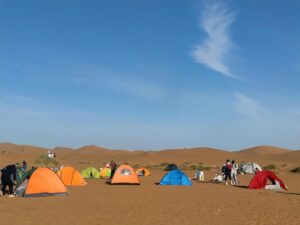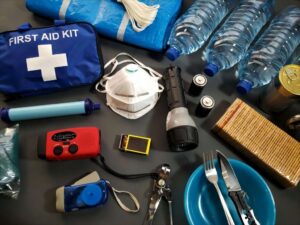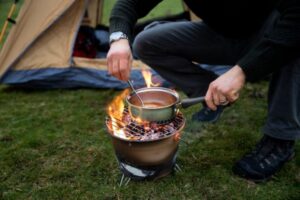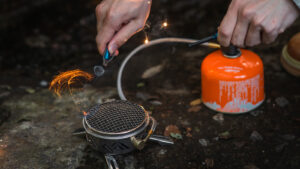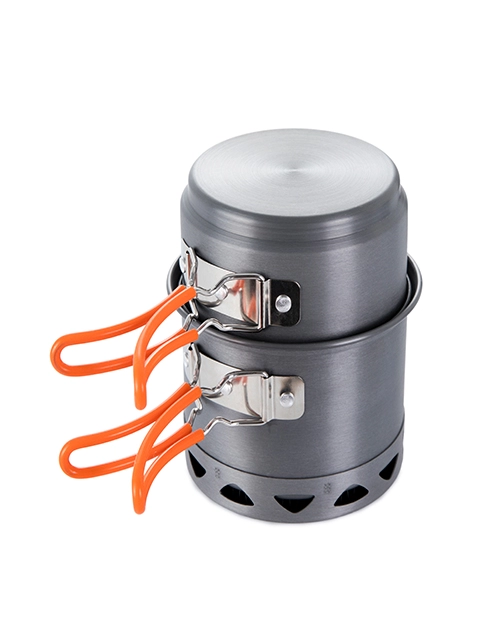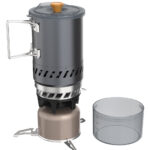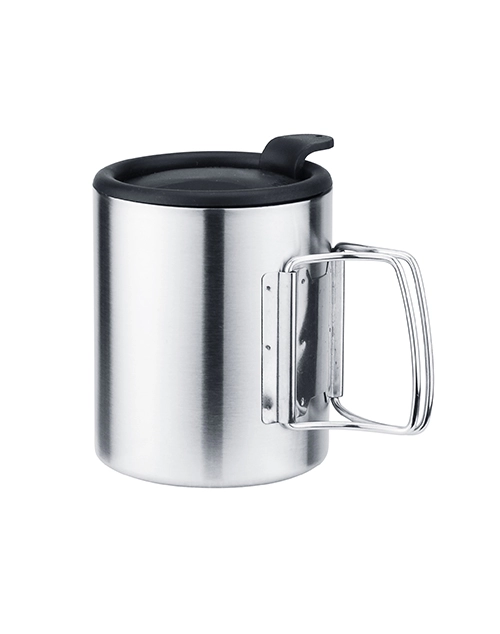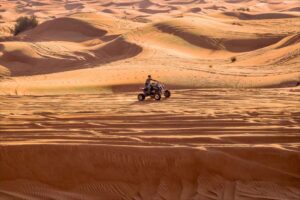
Despite this, the unforgiving nature of the desert, the scarcity of resources, and the delicate balance of its ecosystem that is easy to harm outweigh the advantages for a longer trip, so great care is both necessary and beneficial to facilitate a respectful and happy journey.
Before You Go
Even simple camping takes good planning and careful packing, both of which are even more important for desert camping! Basic resources like water, medical help or car repair are severely limited for most families and, sometimes, cell phone service goes in and out. These are essentials you should know before setting off for your desert encounter.
Bring Lots of Water
Water is the most important resource when camping in the desert. Even if you’re camping immediately by a water source, it could be completely dry. The rule of thumb is one gallon of drinking water per person per day, plus an additional gallon per person per day for other needs, such as cooking, dishwashing, and home cleaning. In the desert, it is best to bring at least twice as much. An otherwise recommended additional day supply of water per person in the event of unforeseen delays.
Fuel Up
Fill up gas whenever you pass a gas station on the way to the desert. Hundreds of miles between gas stations, in the back of beyond. Bring a full jerry can of gas for emergencies to prevent getting stranded without fuel.
Bring Right Clothing and Essentials
Deserts have lots of temperature ranges. Although at night, it can be quite chilly (day can be very hot). Below is an overview of what to pack to endure the best and the worst:
- A light color, long-sleeved shirt with high UV factor (check out Solbari for example)
- A pair of very light hiking pants
- A wide-brimmed hat
- Breathable and waterproof hiking boots
- Fleece and a number of light layers
- A puffy jacket because the highlands can still get quite chilly
- A rain jacket (the area has occasional thunderstorms)
- Beanie and gloves
- Sunglasses and good sunscreen (30 SPF or above)
You also will need to have the following essentials in your daypack: chap stick, eyedrops, tweezers, insect repellent, a GPS or compass, a first aid kit, and an emergency kit.
Check Out the Wildlife
Deserts include a wide range of animals that may be unsafe or even fatal to individuals. Before saying yes, research the wildlife in the area you plan to visit and how to handle encounters safely. Also be aware of the closest hospital and veterinary clinic in the case of an emergency.
Check the Weather Report
Always double check with the weather forecast before heading to the desert. Prepare for rain, which turns the shallow arroyos into flash floods, and high, high winds, which will give you sleeping difficulties of its own kind. Plan your ride and adjust your plans accordingly with caution.
Setting Up Camp
The place you were destined for, the desert land, after arriving there you need to set up your camp. A good campsite and properly set up gear will provide you comfort and a safe venue to spend the night.
Choosing a Place to Camp
Most people stay in campgrounds, which offer amenities, but some choose all with BLM for more privacy. Many of the 18 dispersed campsites are on secondary roads (some of which are difficult and high-clearance). If you do need to clear a space, look for a site with designated flat spots and a pre-existing fire ring.
Find a Spot to Pitch Tent
Choose a flat surface. Do not disturb the refuge’s desert vegetation. If you cannot get stakes in the ground, remember that you can always use guy-lines to secure your tent and fly! Select a site with at least a little protection from the elements, whether that is shade from a Joshua tree or a rock wall to block the wind.
Build a Fire Ring
If there isn’t already one built you should build a fire ring. Because the desert is usually so dry, and can be so windy, always observe fire safety precautions. Please bring your own firewood so local vegetation remains undisturbed.
Keep The Land Clean
Use pre-established campsites and follow the “no camping” signs to ensure the protection of this exquisitely delicate ecosystem. A biotic soil that looks like a hard black crust is actually a living organism that holds erosion in check as well as gives plants something to grow in. Avoid disturbing it.
Exploring the Land
Now that you’ve got your camp all set, it’s time to go and see what gorgeousness there is in the desert. Whether hiking or going to parks, or studying ancient artifacts, always make sure to take care of yourself and the environment.
Hike in the Morning or Late Afternoon
If you’re hiking in a desert, the desert can easily reach 100 degrees or more, midday. Schedule your hikes for early morning or late afternoon to lessen the risk of heat exhaustion. Regularly take water and be aware of the symptoms of heat disorders.
Bring a Daypack
Anytime you leave camp, bring along a backpack with your basics: water, sunglasses, sunscreen, additional layers, snacks, and emergency gear (compass, headlamp, flashlight, etc.). Which can make even short hikes into long treks, if you get lost.
Follow the Paths
Staying on the designated trails means protecting the desert ecosystem and not getting lost. A lot of trails were cairn trails, and it was very important to pay attention that way you didn’t wander off and step on the cryptobiotic soil. Desert weather can change fast so watch the weather patterns. Know the weather in your area, and flee if conditions get worse. Flash floods and strong winds can be pretty serious, so take care.
Leave No Trace
When you wrap up your desert adventure, follow Leave No Trace guidelines to help protect the environment. Remove all trash, including toilet paper and pet droppings. So if you see garbage left by another, pick it up, and clean it away. Do not disturb natural objects (rocks and bones); these things form an ecosystem.
Camping in the desert is unlike most other experiences you can have and comes with unbeatable scenery and quiet surroundings, all for the taking. With proper preparation and respect for the environment, you can experience a safe and unforgettable trip.
With these expert tips in your back pocket, you should be well-prepared to tackle the trials of camping in the desert and keep the beautiful landscape as pristine as you found it. Happy camping!

